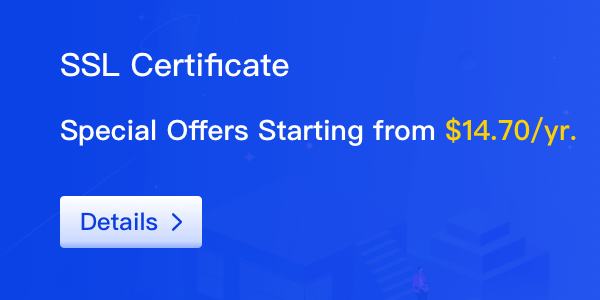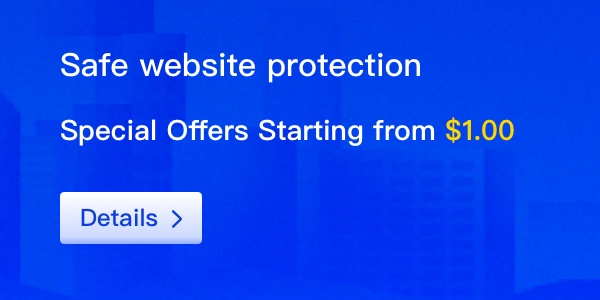As SaaS platforms continue to reshape how businesses operate, one thing has become clear: integration is everything. In a digital world where users expect seamless functionality, instant access, and customized experiences, the ability to quickly add features and services to your software is no longer a luxury—it’s a necessity.
That’s where domain APIs come in.
Whether you’re a solo developer building your first product or a SaaS company scaling rapidly, integrating domain-specific APIs can unlock serious advantages. From enhancing what your software can do to improving how users interact with it and even enabling faster growth—domain APIs are becoming a vital piece of the SaaS puzzle.
Let’s explore why.
1. Unlocking Powerful Functionality Without Reinventing the Wheel
One of the clearest benefits of integrating domain APIs is the ability to expand your product’s functionality quickly and efficiently. APIs act as pre-built building blocks, letting you plug in new capabilities without investing months of development time.
For example:
☞ Want to offer real-time messaging inside your SaaS tool? Integrate Twilio or Sendbird.
☞ Need cloud file storage? Connect with Dropbox, Box, or AWS S3.
☞ Thinking about domain management features? Use Gname or GoDaddy APIs to handle WHOIS lookups, domain availability checks, or DNS management.
This approach allows you to focus your internal dev resources on your core product, while offloading non-core features to trusted external services. You’ll ship faster, maintain less code, and benefit from third-party vendors who constantly improve their APIs behind the scenes.
2. Elevating User Experience Through Seamless Integration
User experience is everything. No matter how powerful your software is, if it’s clunky, disconnected, or forces users to juggle between multiple platforms—it won’t last.
By integrating domain APIs, you can offer users a more connected, efficient, and enjoyable experience.
Picture this:
☞ A SaaS CRM integrates with email marketing APIs so users can manage contacts and campaigns from a single dashboard.
☞ A fitness app uses geolocation APIs to provide local class suggestions and routes.
☞ A marketplace platform adds payment and tax calculation APIs so users can transact globally without friction.
This kind of centralized convenience keeps users coming back. Plus, when all tools and data live in one interface, it reduces cognitive load, improves workflow efficiency, and ultimately strengthens user loyalty.
More importantly, APIs can help personalize the entire experience. By aggregating data from multiple sources—payments, social engagement, user behavior—you can create smarter dashboards, personalized alerts, or automated suggestions that make users feel seen and understood.
3. Scaling Smarter, Not Just Bigger
Growth is the goal—but scaling a SaaS product isn’t just about adding users. It’s about adding value without losing control, overloading your infrastructure, or burning out your team.
Well-designed APIs allow you to do exactly that.
Imagine you’re serving 1,000 users today and 100,000 six months from now. If you’re relying entirely on internal infrastructure, that growth may strain your systems. But if core features like authentication, billing, or analytics are handled through scalable APIs, the burden is spread—and you gain elasticity without needing to rebuild.
Need to add a new payment method? Integrate Stripe or PayPal. Want to localize your UI in five languages? Hook into a translation API like Lokalise. Looking to serve new user regions? Add regional domain APIs and content delivery.
APIs not only support higher volumes of traffic but also allow for modular upgrades—meaning you can roll out new features without disrupting your existing architecture. In short, they give you the agility to grow fast without falling apart.
Read More: How to Prevent Domain Theft: Essential Tips for Every Website Owner
Final Thoughts: The API-First SaaS Mindset
Today’s top SaaS platforms aren’t trying to build everything in-house—they’re building the right things, and integrating the rest. That’s the power of a smart API-first mindset.
By thoughtfully integrating domain APIs, you’re doing more than saving dev time—you’re future-proofing your product. You’re giving users a smoother experience, accelerating your time to market, and creating a foundation that can flex with demand, opportunity, and innovation.
As customer expectations rise and competition tightens, the companies that win will be those that can adapt, evolve, and deliver value fast—and APIs are one of the fastest paths to doing just that.
So whether you’re launching, scaling, or refining your SaaS, ask yourself:
What could I integrate today that will unlock more value tomorrow?
Chances are, the answer lies in an API.




















